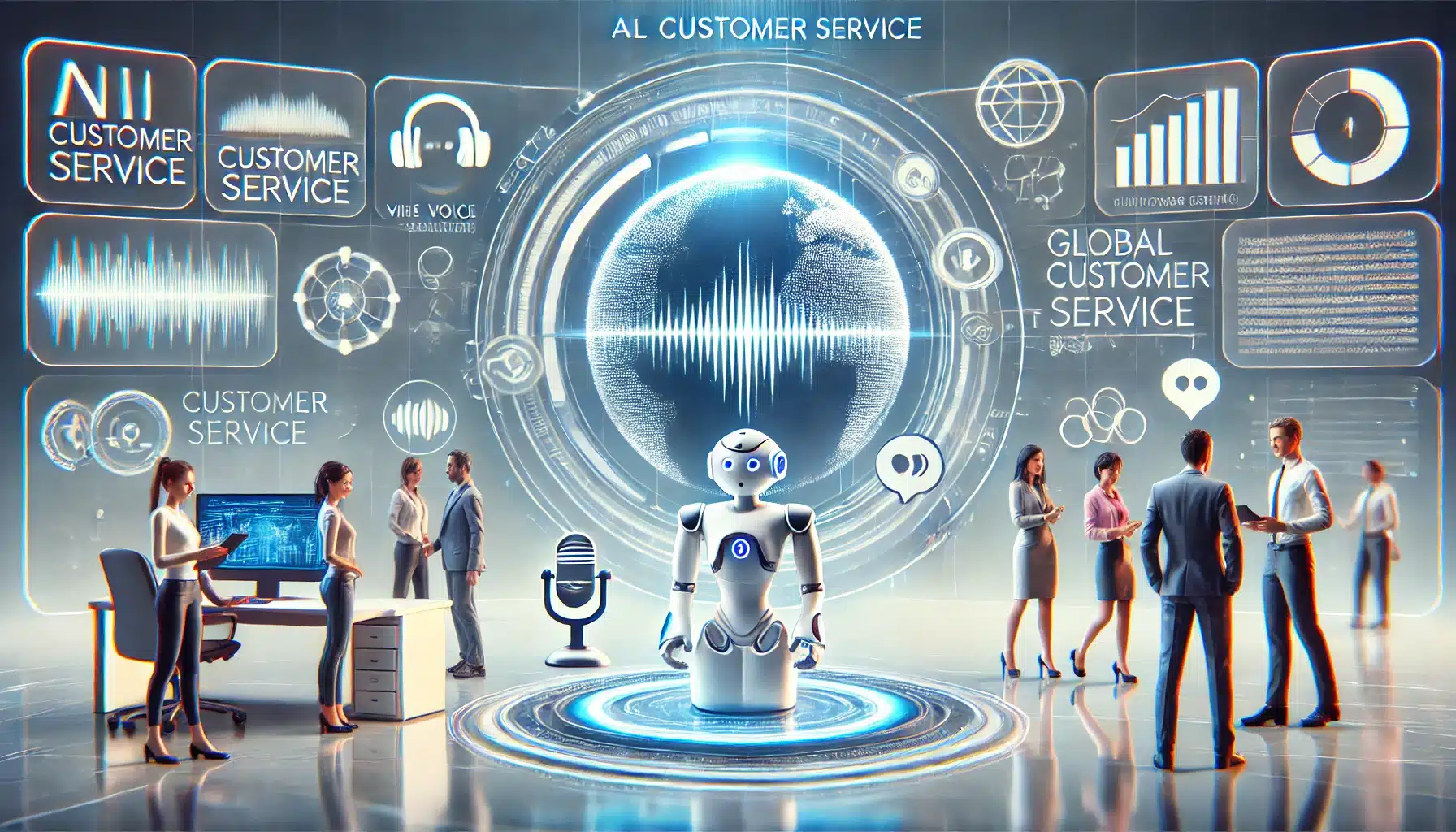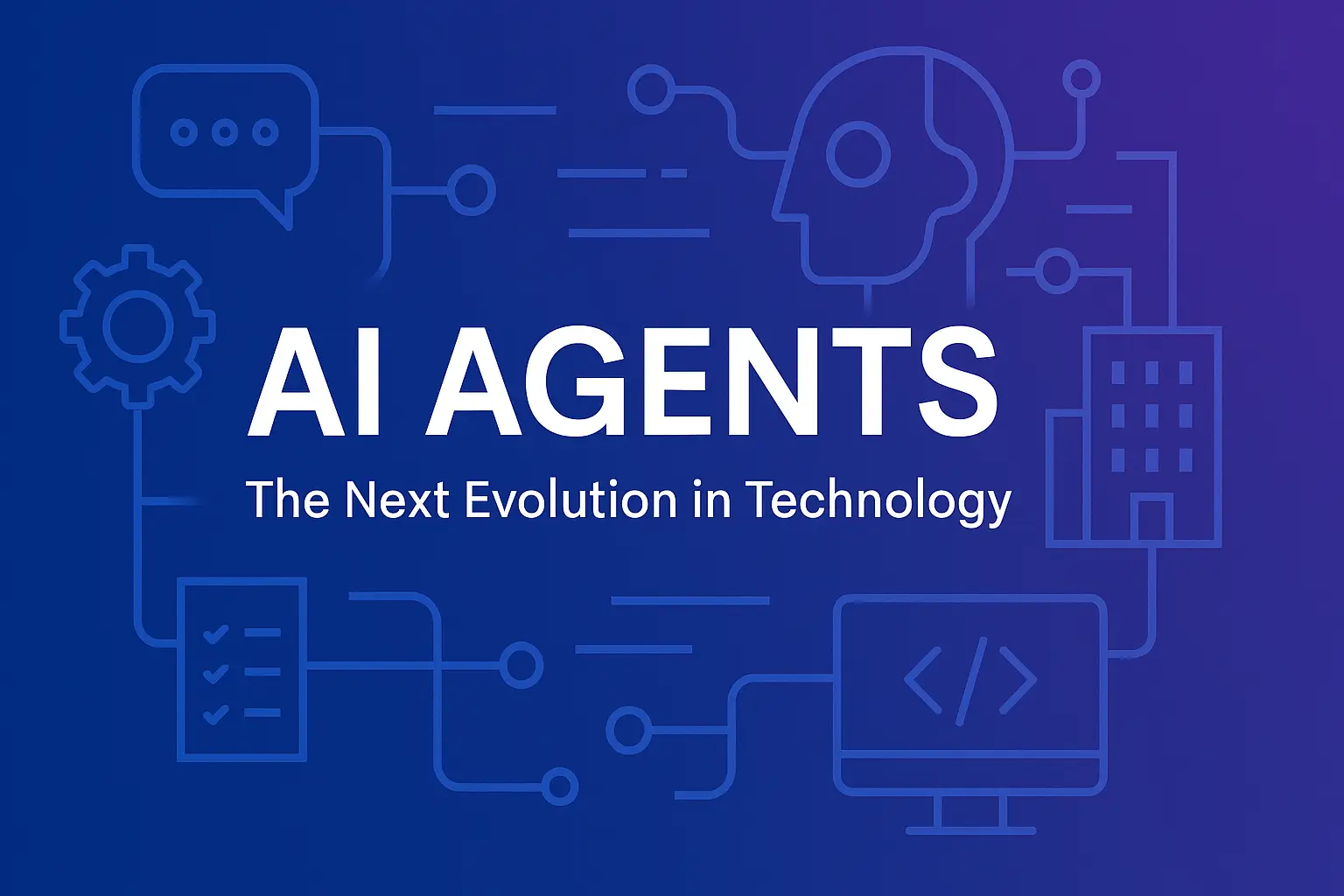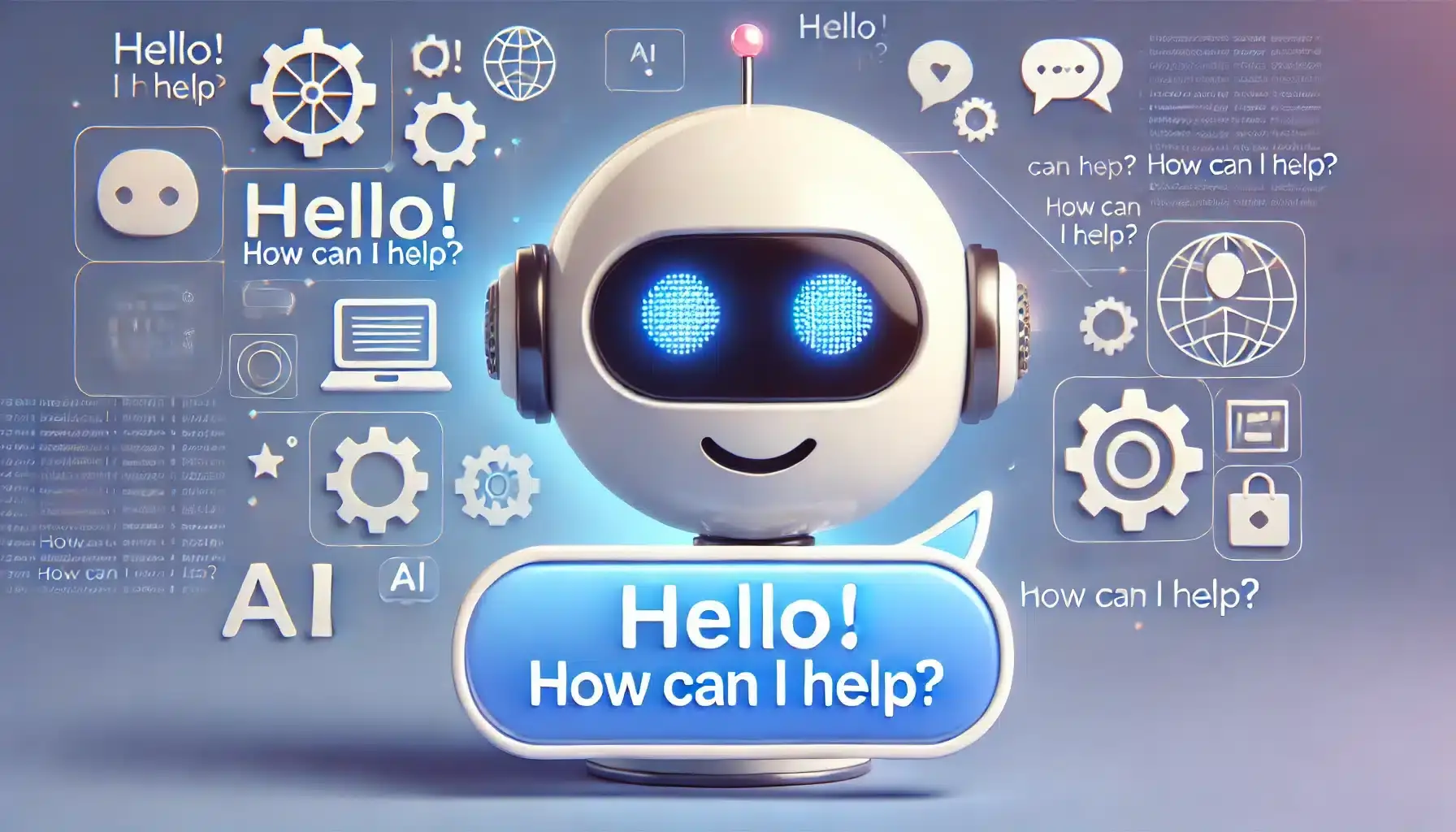Introduction
Imagine a world where customer service is instant, personalized, and available 24/7—thanks to Natural Language Processing (NLP). According to Gartner, 80% of businesses plan to use AI chatbots for customer interactions by 2025, and NLP is at the heart of this transformation.
NLP enables machines to understand, interpret, and respond to human language naturally. By integrating NLP into customer service workflows, businesses can automate support, personalize interactions, and gain actionable insights from customer conversations.
In this article, we’ll explore how NLP is reshaping customer service, including real-world applications, business benefits, limitations, and what the future holds. Let’s dive in!
What is NLP and Why It’s a Game-Changer for Customer Service
Natural Language Processing (NLP) is a branch of artificial intelligence that focuses on the interaction between computers and human language. It involves tasks like text analysis, language generation, sentiment detection, and translation.
In customer service, NLP enables machines to:
- Understand and classify customer queries.
- Generate meaningful responses in real time.
- Analyze sentiment and customer satisfaction.
- Automate repetitive or low-level inquiries.
This capability is crucial in a digital-first world, where customers expect instant, 24/7 service. For example, when a customer types, “I can’t log in to my account,” NLP helps the system understand the intent and respond with troubleshooting steps.
Top 5 Ways NLP is Transforming Customer Service
1. AI Chatbots: Your 24/7 Virtual Support Agents
AI-powered chatbots are one of the most visible applications of NLP in customer service. These virtual agents can:
- Answer frequently asked questions.
- Guide users through troubleshooting steps.
- Route customers to the appropriate department.
Unlike rule-based bots, NLP-powered chatbots can understand context, intent, and even slang or typos. For instance, companies like Sephora and H&M use chatbots to assist shoppers in real time, offering personalized recommendations and support.
Did you know? According to Salesforce, 69% of consumers prefer chatbots for quick communication with brands.
2. Sentiment Analysis: Understanding Customer Emotions in Real Time
NLP can analyze the tone and sentiment behind customer messages, whether they come through chat, email, or social media. This allows businesses to:
- Detect frustrated or angry customers in real time.
- Prioritize urgent cases for human escalation.
- Track trends in customer satisfaction over time.
For example, airlines use sentiment analysis to monitor social media for negative feedback, enabling proactive customer service recovery.
3. Voice Assistants: The Continued Evolution of Conversational AI
The landscape of voice-based interactions continues to evolve rapidly, with Natural Language Processing (NLP) at its core, driving increasingly sophisticated virtual voice assistants. These assistants are now capable of handling complex spoken queries and commands, extending far beyond basic tasks. Key applications include:
- Advanced Call Center Automation: NLP now powers real-time transcription, sentiment analysis, and intent recognition, enabling call centers to automate complex interactions, provide personalized support, and even predict customer churn.
- Intelligent Personal Assistants: Voice assistants like Alexa, Google Assistant, and Siri have moved beyond simple commands. They now integrate with broader ecosystems, handling nuanced conversations, complex multi-step tasks, and even anticipatory actions based on user habits and context.
- In-Vehicle Voice Interfaces: The automotive industry is rapidly adopting NLP for safer, more intuitive in-car experiences, allowing drivers to control navigation, entertainment, and vehicle functions through natural voice commands.
- Healthcare Voice Applications: Voice assistants are being deployed in healthcare settings for tasks like patient check-ins, medication reminders, and even remote patient monitoring, improving accessibility and efficiency.
By 2025, the global installed base of digital voice assistants is projected to exceed 9 billion units, demonstrating the pervasive integration of voice-first technology into daily life and reinforcing its status as a crucial channel for businesses to engage with their customers. Furthermore, the improvements in large language models are making these voice assistants much more capable of nuanced conversation than in previous years.
4. Automated Ticketing: Streamlining Customer Support Workflows
Customer support platforms use NLP to categorize tickets, suggest responses, or even draft full replies to customer emails. This reduces manual effort and speeds up resolution times.
Tools like Zendesk and Freshdesk integrate NLP to offer smart reply suggestions and automatically tag and route customer issues. Companies using automated ticketing report a 30% reduction in resolution times.
5. Multilingual Support: Breaking Language Barriers
NLP enables real-time translation, allowing businesses to provide seamless customer service across different languages. This is especially valuable for global companies with diverse customer bases.
Benefits of NLP for Businesses and Customers
NLP brings significant value to both businesses and their customers. Here’s a quick comparison:
| For Businesses | For Customers |
|---|---|
| Cost efficiency | Faster response times |
| Scalability | Consistent experience |
| Data insights | Personalization |
| 24/7 availability | Convenience |
For example, AI chatbots reduce staffing needs and support costs, while customers enjoy instant, personalized responses.
Challenges and Limitations of NLP in Customer Service
While NLP offers powerful capabilities, it’s not without challenges:
- Misinterpretation and Contextual Errors: NLP systems can misread user intent, especially with sarcasm or ambiguous phrasing.
- Language and Cultural Barriers: Models trained in one language may struggle with nuances in another.
- Bias in NLP Models: Skewed training data can lead to unfair or biased responses.
- Over-Automation: Customers may feel frustrated when they can’t reach a human agent.
How to Overcome These Challenges:
- Use diverse training datasets to reduce bias.
- Combine NLP with human oversight for complex queries.
- Regularly update NLP models to handle new slang or language trends.
Future Trends in NLP and Customer Service
The future of NLP in customer service is bright, with several exciting trends on the horizon:
- Multilingual and Multimodal NLP: AI systems will support real-time translation and combine text, voice, and image inputs for richer experiences.
- Emotion-Aware AI: Advanced NLP will understand deeper emotions like empathy, urgency, or confusion.
- Hyper-Personalization: Integrating NLP with CRM data will enable tailored responses based on customer history and preferences.
- Voice-First Interfaces: Smart speakers and voice assistants will drive voice-first support strategies.
- Predictive Customer Service: Combining NLP with predictive analytics will allow businesses to anticipate customer needs proactively.
Did you know? Gartner predicts that by 2026, 1 in 10 agent interactions will be automated using NLP.
Conclusion and Key Takeaways
Natural Language Processing is more than just a tech trend—it’s a transformative force in modern customer service. From AI chatbots and sentiment analysis to voice assistants and automated ticketing, NLP is enhancing how companies interact with their customers.
While challenges like misinterpretation and bias still exist, ongoing advancements are making NLP more accurate, empathetic, and accessible.
Key Takeaways:
- NLP enables smarter, faster, and more personalized customer interactions.
- AI chatbots, sentiment analysis, and automated ticketing are key applications.
- Businesses benefit from lower costs and better data; customers enjoy faster, more relevant support.
- The future holds even greater potential with emotion-aware and predictive NLP.
What’s Next?
How do you see NLP shaping the future of your customer experience? Let us know in the comments, or subscribe to our newsletter for more AI insights!




